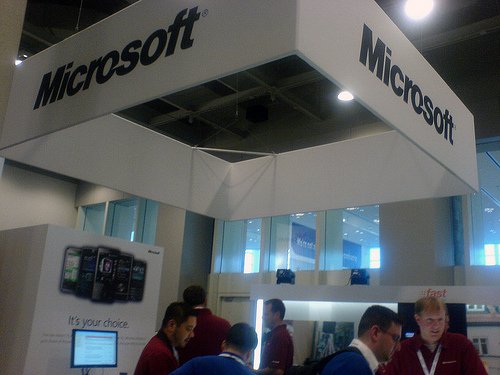
Insider threats are difficult to find, but there are ways to manage your employees to reduce these problems from happening. Insider threat detection should not be limited to just company software. Everyone in your team needs to know what problems could arise and stop them from happening.
These are the five categories of tools that need to create an insider threat security program:
- Activity Monitoring: Basically, User Activity Monitoring is the ability to record and observe the activities of actions of an individual on any device. This helps you protect your employees from causing issues within your company.
- Data Loss Prevention: This is when your users interact with their data and how they can utilize it. For instance, DLP can be used to protect your data from getting copied or printed to removable media. This saves your company from losing their data and keeping their projects organized in one location.
- (SIEM) Security Information & Event Management: SIEM is where you leverage configurable and baselining rules to keeps your information managed and protecting your data.
- Analytical Tools: These tools extend the alerting functionality and query of your company’s SIEM. This might use advanced statistical capabilities and advanced machine-learning to alert when issues arrive.
- Forensics tools: Digital forensics tools help your organization create an investigation by collecting, analyzing, and preserving digital artifacts on a device or system.
How to Manage Your Insider Threat Detection Tools
Getting a tool that helps you get through this issue might seem difficult at first, but you can help manage it by taking the following steps:
- Your company should test the tools before placing them in a production environment. You need to know how products function and find out if they detect risks within the availability, integrity, and confidentiality of the data and system you’re using.
- Most cheaper tools have additional costs that are easy to overlook. Your tool might need additional software, hardware, and other resources before you can implement it and have it functioned as expected. Also, you’ll need to train your personnel to help maintain the tool.
- Low-cost or open source software might have a trade-off applied to it. For instance, commercial software is supported by the company that created it, and that company might be able to install the software in your environment. However, open source software is made by one or a few developers who use their own resources to create it. Open source networks might not have support systems or configuration assistance available.
- You need to be aware of who developed your software and how they support it. Using software from a country that doesn’t have good political or economic standing might present unnecessary problems towards your organization.
What’s Next?
Remember, any tool that you use for insider threat detection needs to be of good quality. Doing so increases the chance of your company thwarting off known and unknown attacks. Conclusively, once you find the best tool for your organization, you can protect it from unexpected attacks and third parties attempting to infiltrate your system.

Founder Dinis Guarda
IntelligentHQ Your New Business Network.
IntelligentHQ is a Business network and an expert source for finance, capital markets and intelligence for thousands of global business professionals, startups, and companies.
We exist at the point of intersection between technology, social media, finance and innovation.
IntelligentHQ leverages innovation and scale of social digital technology, analytics, news, and distribution to create an unparalleled, full digital medium and social business networks spectrum.
IntelligentHQ is working hard, to become a trusted, and indispensable source of business news and analytics, within financial services and its associated supply chains and ecosystems




























